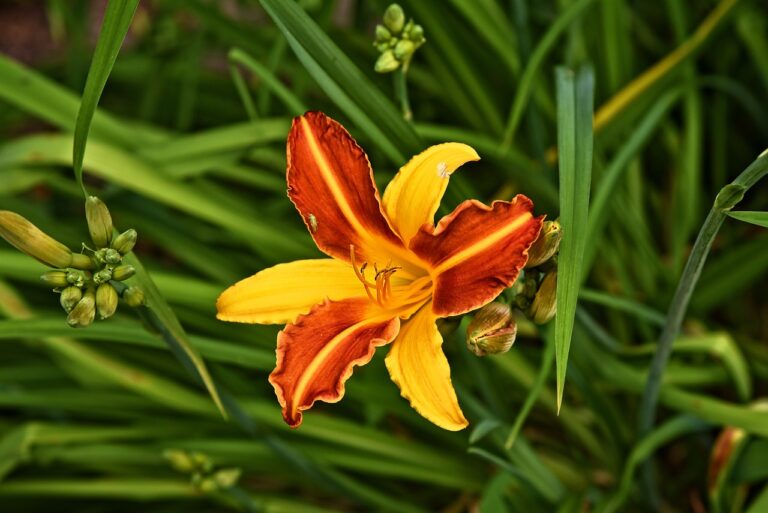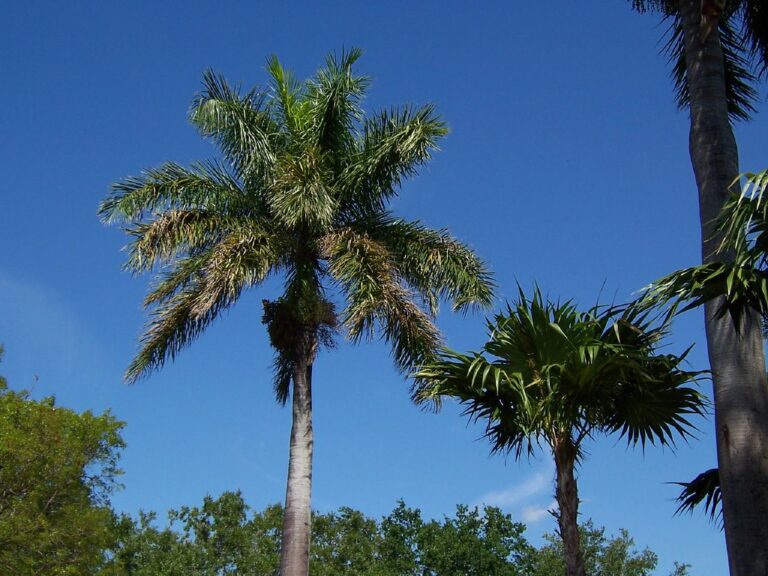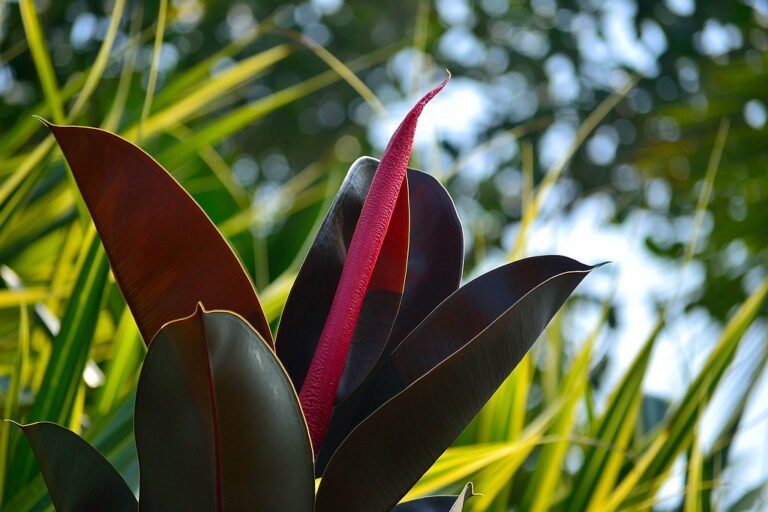Exploring the Characteristics of Tall Thin Evergreen Trees
You're about to embark on a journey of discovery, exploring the fascinating characteristics of tall, thin evergreen trees. From their impressive height and sturdy structure to their unique leaf characteristics and adaptability to different climates, these trees hold a wealth of secrets waiting to be unraveled. Whether you're an avid gardener or simply curious about the natural world around you, this article will provide you with valuable insights and ideas for incorporating these majestic trees into your own landscape. So, let's dive in and delve into the world of tall, thin evergreen trees together!
Height and Structure
You can easily distinguish tall thin evergreen trees by their towering height and slender structure. These majestic trees reach towards the sky, standing tall and proud, their trunks soaring above the surrounding landscape. Their branches gracefully extend, creating a delicate and elegant appearance. The height of these trees is truly remarkable, as they can grow to be towering giants, their tops reaching far above other trees in the forest. Their slender structure adds to their beauty, with long, narrow branches that seem to reach out in all directions. These trees have a unique ability to add a touch of elegance to any environment, serving as a reminder of the awe-inspiring beauty of nature.
Leaf Characteristics
As you continue to explore the characteristics of tall thin evergreen trees, you will frequently notice their distinctive leaf characteristics. These trees have long and slender leaves that are needle-like in shape. The leaves are usually dark green in color, providing a stark contrast against the pale bark of the tree trunk. The needle-like leaves are adapted to withstand harsh weather conditions, such as strong winds and freezing temperatures. They also help to reduce water loss through transpiration, making these trees well-suited for dry and arid environments. Another notable feature of the leaves is their waxy coating, which helps to prevent excessive moisture loss and protect the tree from pests and diseases. Overall, the leaf characteristics of tall thin evergreen trees play a crucial role in their survival and adaptation to their natural habitats.
Growth Rate and Habitat
Continuing to explore the characteristics of tall thin evergreen trees, you will now delve into their growth rate and habitat. These trees have a moderate to fast growth rate, meaning they can reach their full height relatively quickly. This makes them ideal for creating privacy screens or windbreaks. They thrive in a variety of habitats, including both wet and dry soils. Tall thin evergreen trees are adaptable and can tolerate different levels of sunlight, from full sun to partial shade. They are commonly found in forests, along riverbanks, and in urban landscapes. Their ability to grow in diverse environments makes them an excellent choice for landscaping projects. Whether you need to block out noise, create a natural barrier, or add beauty to your surroundings, these trees are sure to serve you well.
Root System and Stability
To understand the root system and stability of tall thin evergreen trees, it is important to consider their adaptability to various soil conditions. These trees have developed a remarkable ability to thrive in different environments, thanks to their extensive root systems. The roots of tall thin evergreen trees are deep and spread out horizontally, allowing them to anchor firmly into the ground and withstand strong winds. Their roots also play a crucial role in absorbing nutrients and water from the soil, ensuring their survival even in harsh conditions. This adaptability and stability make tall thin evergreen trees reliable and resilient, providing shelter and shade for other plants and animals. So, whether they are growing in sandy soil, clay soil, or even rocky terrain, these trees can adapt and thrive, serving as a steadfast presence in the landscape.
Adaptation to Climate
To further understand the adaptability of tall thin evergreen trees, let's delve into how they effectively adapt to different climates. These trees have developed remarkable strategies to thrive in a wide range of environmental conditions. In colder climates, their needle-like leaves help to conserve moisture and reduce water loss, while their conical shape allows them to shed snow easily. In hotter climates, their narrow shape reduces surface area, minimizing water loss through evaporation. Additionally, their waxy and thickened leaves help to prevent excessive transpiration. These trees also have the ability to adjust their growth patterns according to the prevailing climate. They can slow down growth in harsh conditions and resume when conditions become more favorable. This adaptability allows tall thin evergreen trees to serve as resilient and enduring symbols of nature's ability to thrive in diverse climates.
Maintenance and Pruning Tips
For effective maintenance and pruning of tall thin evergreen trees, you should be mindful of the following tips. Firstly, regular pruning is essential to maintain the shape and health of these trees. Start by removing any dead, damaged, or diseased branches using clean pruning shears. Make sure to cut just above a healthy bud or branch junction. Secondly, thinning out the canopy will promote better air circulation and sunlight penetration, preventing the growth of pests and diseases. Remove any overcrowded branches to maintain a balanced and open structure. Lastly, be cautious not to remove more than one-third of the tree's foliage at once to avoid stressing the tree. By following these maintenance and pruning tips, you can ensure the longevity and beauty of your tall thin evergreen trees.
Common Varieties and Species
There are several common varieties and species of tall thin evergreen trees that you can consider for your landscape. One popular choice is the Italian cypress (Cupressus sempervirens), known for its elegant, columnar shape and dark green foliage. It can reach heights of up to 60 feet and is often used to create privacy screens or as a focal point in a garden. Another option is the pencil pine (Podocarpus gracilior), which features a slender, upright form and soft, feathery needles. It is a versatile tree that can be used as a specimen plant or in a row for a striking visual effect. Lastly, the Leyland cypress (× Cuprocyparis leylandii) is a fast-growing evergreen with a narrow, pyramidal shape. It is often planted as a windbreak or to create a dense privacy hedge. Consider these varieties when choosing tall thin evergreen trees for your landscape.
Landscaping and Design Ideas
Consider incorporating a few tall, thin evergreen trees into your landscape design to add vertical interest and create an elegant backdrop for your outdoor space. These trees not only bring beauty but also offer practical benefits. They can act as privacy screens, blocking unwanted views and noise from the surrounding area. With their slender form, they can create a sense of depth and height in your garden, making it appear larger than it actually is. Additionally, their evergreen foliage provides year-round color and texture, giving your landscape a vibrant and lively feel. Some popular tall, thin evergreen tree varieties include the Italian Cypress, Skyrocket Juniper, and Emerald Green Arborvitae. Choose a variety that suits your climate and aesthetic preferences, and watch as your landscape transforms into a stunning oasis.
Benefits and Uses in Gardens
Incorporate tall, thin evergreen trees into your garden to enjoy their numerous benefits and enhance your outdoor space. These trees provide year-round greenery, adding beauty and vibrancy to your garden landscape. Their tall, slender form creates an elegant and graceful presence, adding vertical interest to your garden design. These trees also act as natural screens, providing privacy and blocking unwanted views. With their dense foliage, they can reduce noise pollution and act as windbreaks, creating a peaceful and tranquil environment. Additionally, these evergreens provide shade and shelter for wildlife, attracting birds and other beneficial creatures to your garden. Their low maintenance nature and resistance to pests and diseases make them a practical and reliable choice for any garden. Incorporating tall, thin evergreen trees will not only enhance the aesthetics of your garden but also provide a host of benefits for both you and the environment.
Potential Drawbacks and Considerations
While incorporating tall, thin evergreen trees in your garden can have numerous benefits, it is important to consider potential drawbacks and factors to take into account. One drawback is the potential for limited privacy. Tall, thin evergreen trees may not provide as much coverage as wider evergreen trees, leaving your garden more exposed to prying eyes. Additionally, these trees may require more maintenance and care compared to other types of trees. Their slender trunks and branches are more susceptible to damage from strong winds and heavy snowfall. It is crucial to regularly prune and trim these trees to maintain their shape and prevent them from becoming top-heavy. Lastly, the shade cast by tall, thin evergreen trees may limit the growth of other plants in your garden. Consider these drawbacks and weigh them against the benefits before incorporating these trees into your garden.
Conclusion
In conclusion, tall thin evergreen trees possess unique characteristics that make them a valuable addition to any landscape. With their towering height and slender structure, they create a visually striking presence. Their lush green foliage provides year-round beauty and privacy. These trees are adaptable to various climates and their deep-rooted systems ensure stability. While there may be some drawbacks to consider, such as potential shading and maintenance requirements, the benefits and uses of these trees in gardens are undeniable. They truly enhance the overall aesthetics and functionality of any outdoor space.






